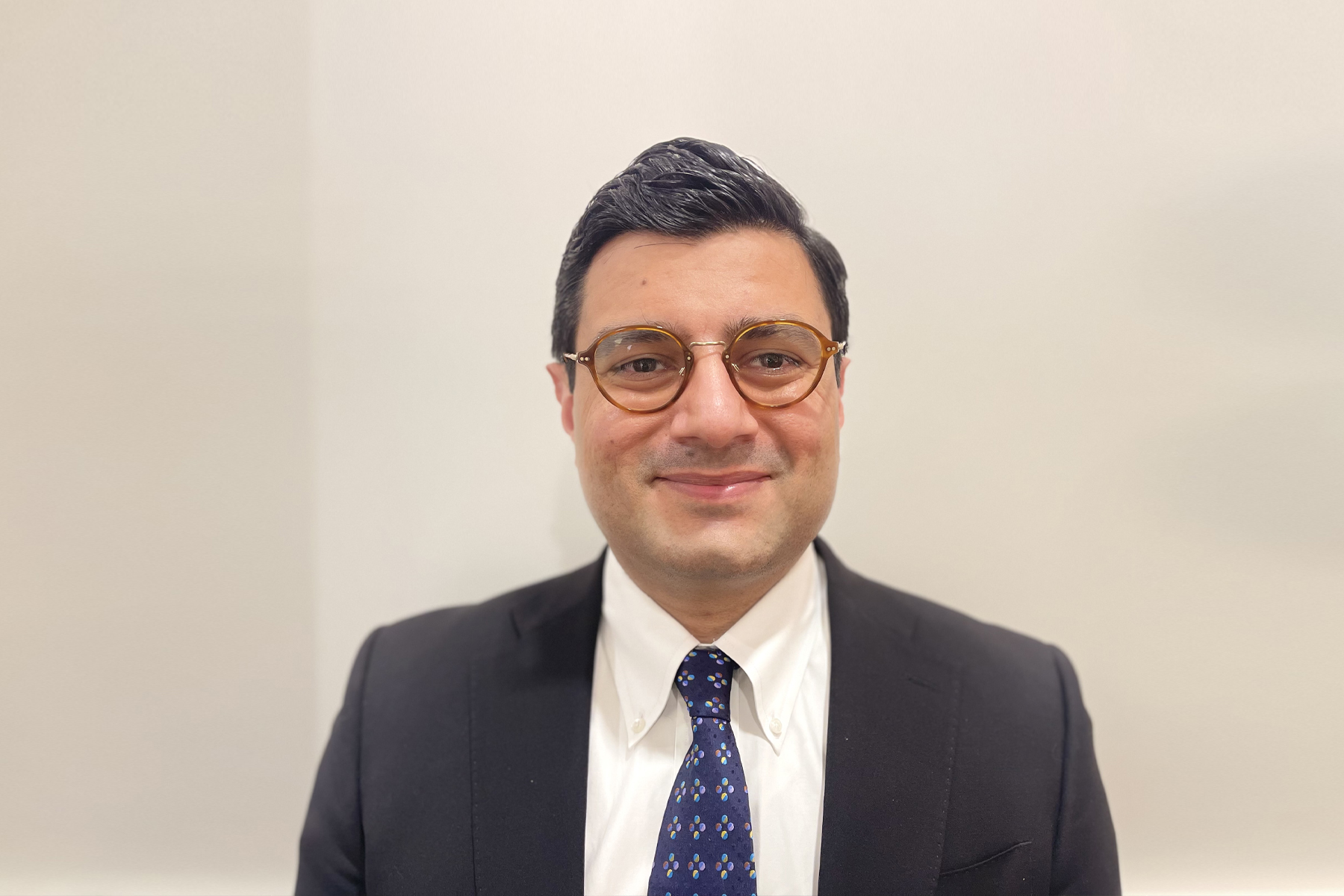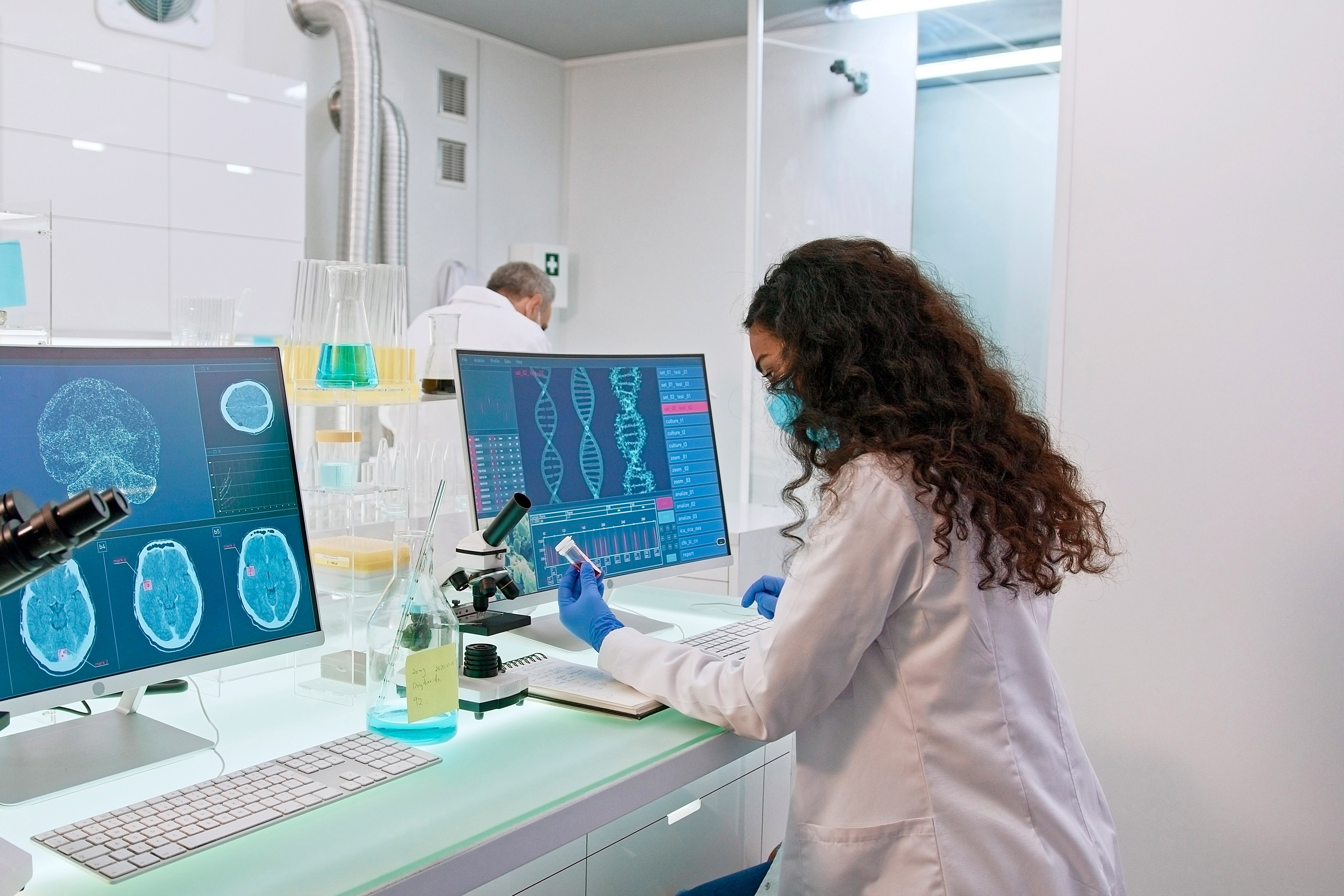After encountering challenges in its clinical trial site management processes and timeline, Bayer conducted a comprehensive review of its site management processes and identified site payment improvements as a focus area. When it comes to site-sponsor relationships, payment management has a significant impact on both the partnership and site activity. Managing complex invoicing processes, following up with sponsors on payment statuses or reconciling payments all take time that could be better spent recruiting patients and conducting research.
In the US, Bayer identified opportunities to enhance payment efficiency, timeliness and accuracy to strengthen its site relationships, enable better-informed decisions and contribute to its goal of becoming a preferred clinical trial site partner. Downstream, these site payment improvements targeted reducing administrative burdens for both Bayer and its clinical partners and improving study closeout.
The company sought help from Ernst & Young LLP (EY US) to transform its clinical site invoicing and payment approach. Bayer focused on addressing three key pain points:
- Reliance on manual processes: Bayer’s current state process required manual — and often duplicative — effort to cross-reference site activities against the original contract and budget.
- Lack of transparency: Tracking and reporting invoice and payment statuses across multiple data sources caused additional difficulties in achieving payment accuracy and for the clinical sites to quickly reconcile their reimbursements.
- Inconsistency in timely payments: Overall, the additional time and effort required for the process left Bayer at risk for delayed payment statements. Further, payment statements themselves were often difficult for the clinical sites to understand.









